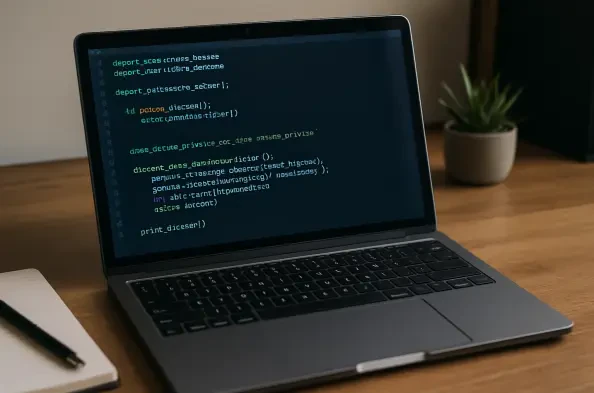In a startling revelation about the evolving landscape of cyber threats, a major campaign orchestrated by the North Korean state-backed Lazarus Group has come to light, targeting the very foundation of modern software development: open source ecosystems. Security experts have uncovered a sophisticated operation involving the distribution of over 200 malicious packages across popular platforms like npm and PyPI, potentially affecting up to 36,000 victims in just the first half of the current year. This alarming scale of compromise underscores a strategic pivot by threat actors toward exploiting the inherent trust developers place in open source tools. Often, these packages are installed without rigorous vetting or sandboxing, creating a fertile ground for espionage. The automated nature of CI/CD pipelines further amplifies the risk, as malicious code can spread undetected, embedding itself deep within organizational systems for prolonged periods, making this a critical issue for global cybersecurity.
Unpacking the Malicious Package Strategy
The ingenuity of this campaign lies in the meticulous design of the malicious packages, many of which mimic legitimate development libraries to deceive unsuspecting users. Once installed, these packages unleash multi-stage attacks aimed at maintaining stealth while achieving persistence and exfiltrating sensitive data. Of the 234 identified packages, a significant portion acted as droppers to deliver additional malware, while others were tailored specifically to steal credentials and tokens. This focus on harvesting valuable information, rather than pursuing short-term gains like cryptocurrency mining, points to a broader objective of gaining access to source code repositories, cloud infrastructure, and internal networks. The targeting of DevOps-heavy organizations and automated build pipelines reveals a calculated effort to exploit systemic vulnerabilities. A single compromised developer machine or build agent can lead to severe consequences, including intellectual property theft, backdoor injections into production software, and extensive lateral movement within networks.
Addressing the Evolving Threat Landscape
Looking back, the campaign by the Lazarus Group demonstrated a chilling evolution in cyber-espionage tactics, leveraging trusted open source platforms for long-term, stealthy operations rather than immediate, opportunistic strikes. The attribution to this state-sponsored actor was based on consistent patterns in command-and-control infrastructure and payload behavior, reflecting a persistent threat to global security. The scale of potential compromise highlighted the urgent need for enhanced protective measures. Developers and organizations were reminded to adopt rigorous package verification processes, implement sandboxing techniques, and continuously monitor CI/CD pipelines to prevent such breaches. The cascading effects of even a single breach, which could ripple through corporate networks and jeopardize critical infrastructure, served as a stark warning. Moving forward, fostering a culture of vigilance and investing in robust cybersecurity practices became essential to safeguarding the integrity of open source ecosystems against sophisticated state-backed threats.






